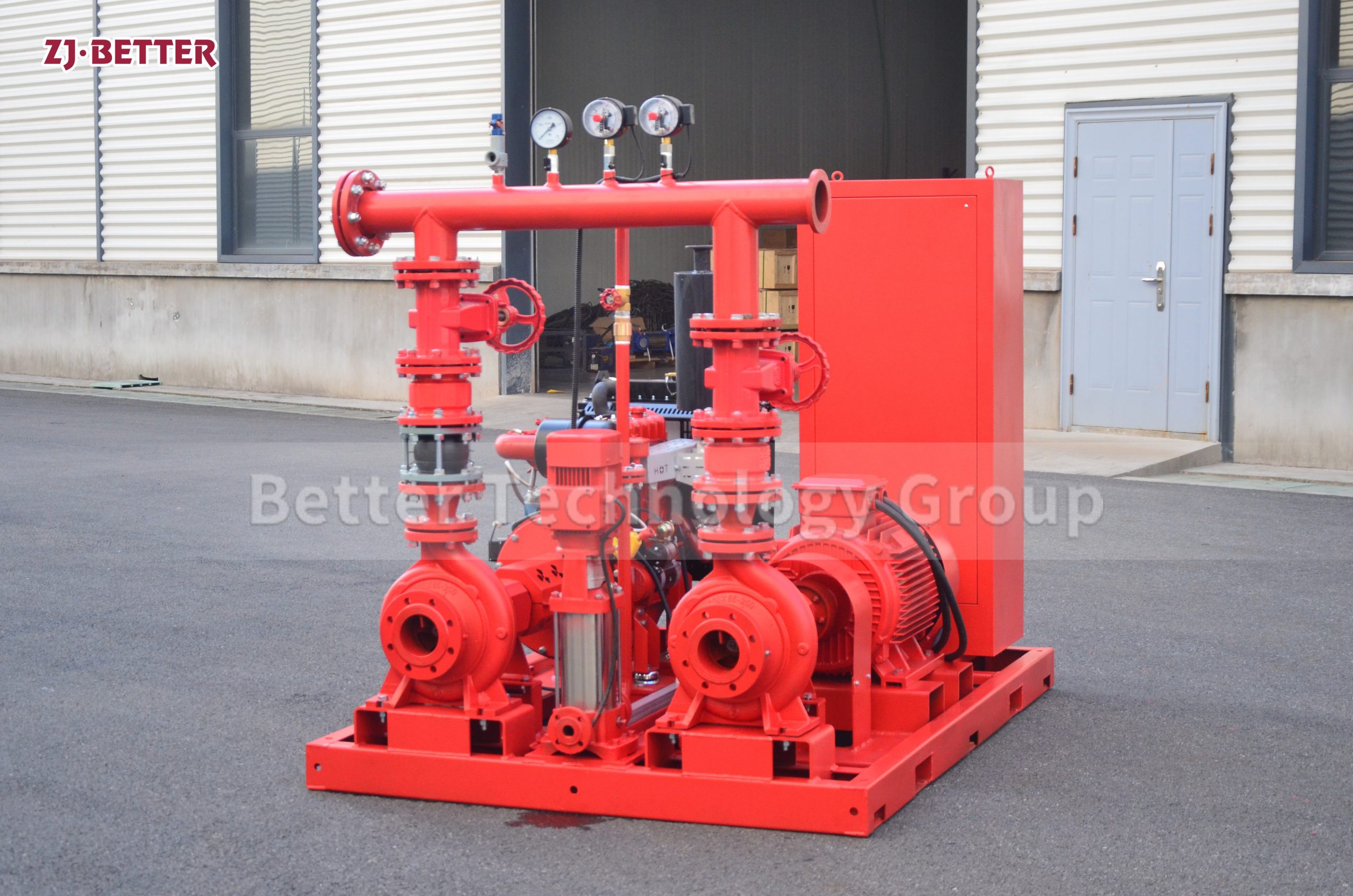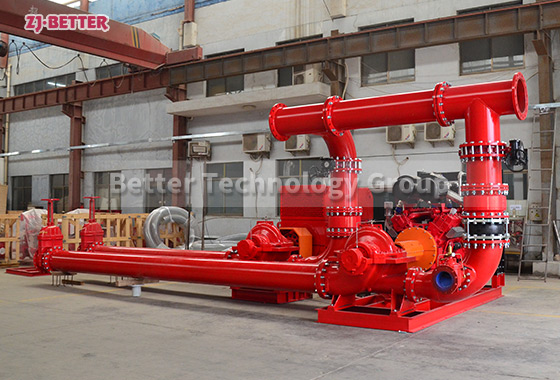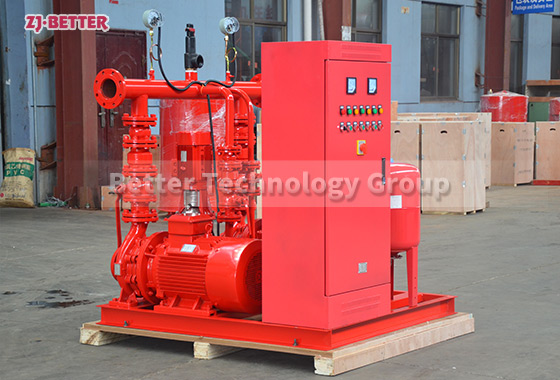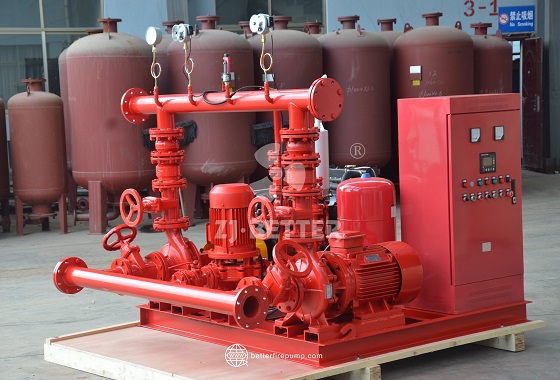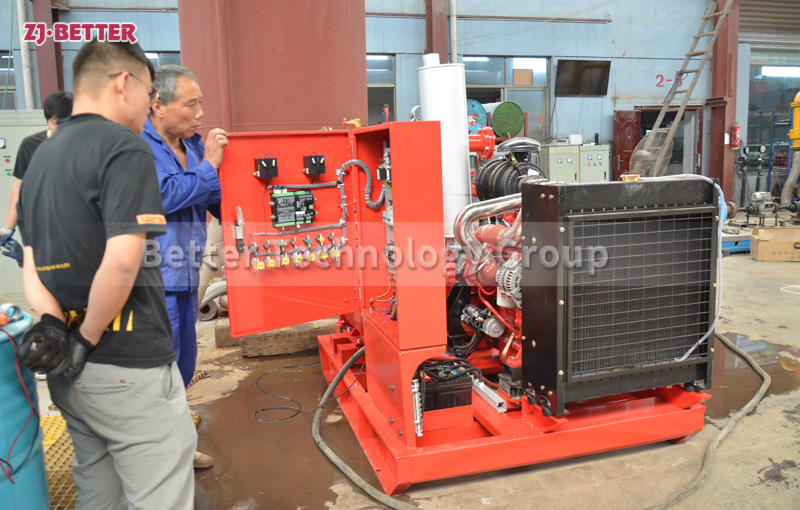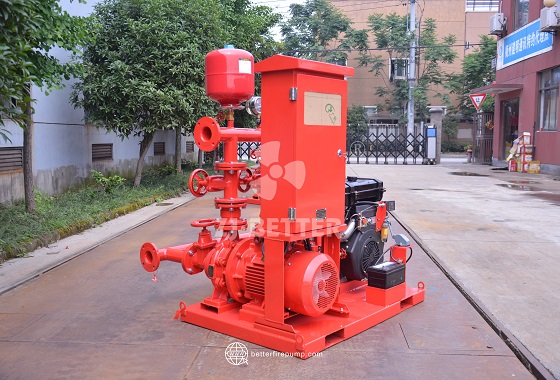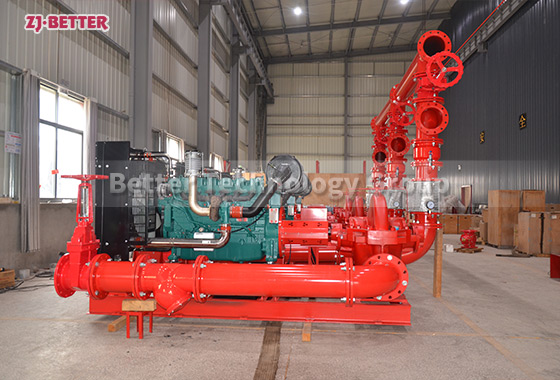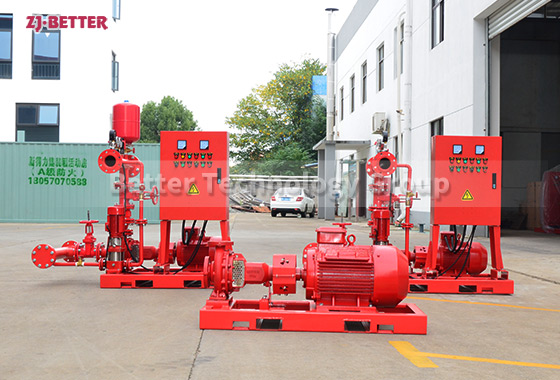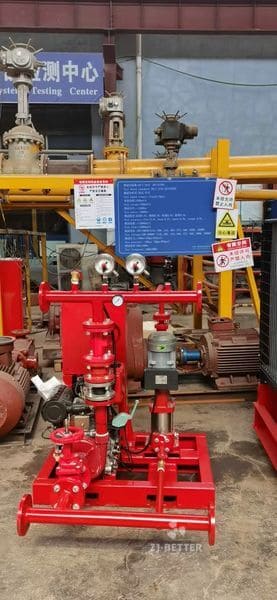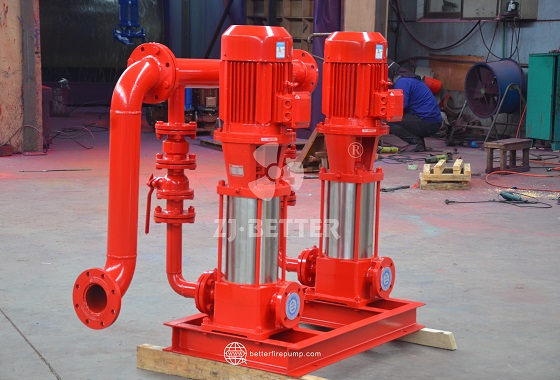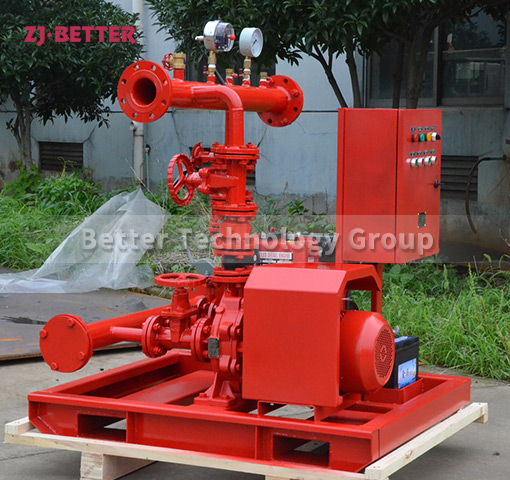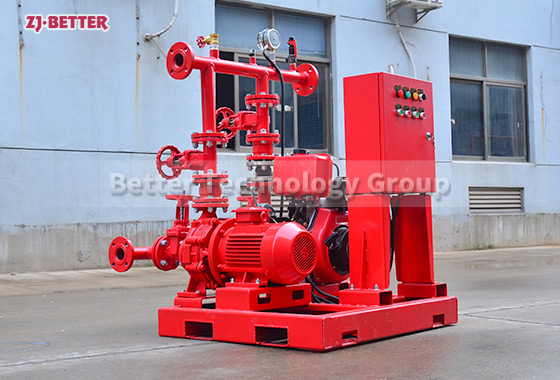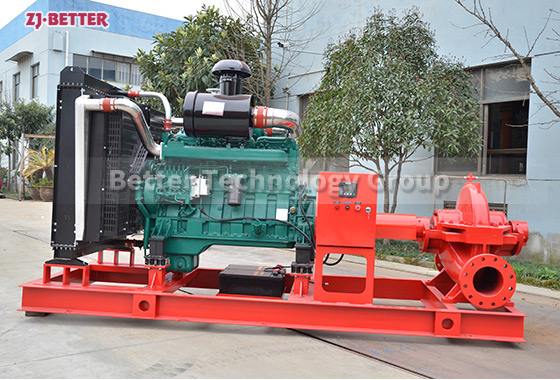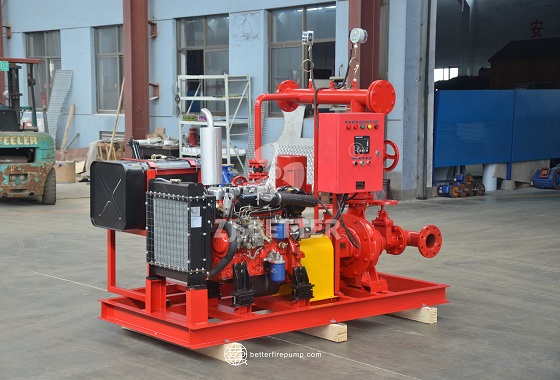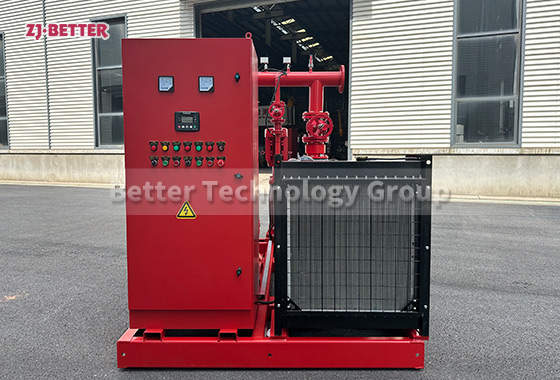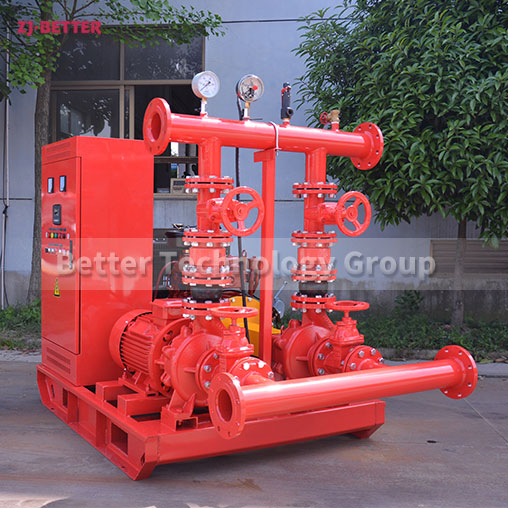Home » Fire Pump Set » What is the Ideal Fire Pump Pressure for High-Rise Buildings?
What is the Ideal Fire Pump Pressure for High-Rise Buildings?
Key Considerations:
High-rise buildings require adequate water pressure to reach upper floors efficiently.
NFPA 14 recommends a minimum residual pressure of 100 psi (6.9 bar) at the highest standpipe outlet.
Fire pump discharge pressure should be calculated based on:
Elevation height (0.433 psi per foot of elevation).
Friction loss in pipes, fittings, and valves.
Minimum operating pressure required at hose connections.
Contact US
Get Price
Share:
Content
Key Considerations:
- High-rise buildings require adequate water pressure to reach upper floors efficiently.
- NFPA 14 recommends a minimum residual pressure of 100 psi (6.9 bar) at the highest standpipe outlet.
- Fire pump discharge pressure should be calculated based on:
- Elevation height (0.433 psi per foot of elevation).
- Friction loss in pipes, fittings, and valves.
- Minimum operating pressure required at hose connections.
Inquiry
More Fire Pump Set

